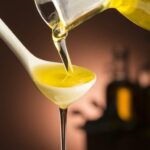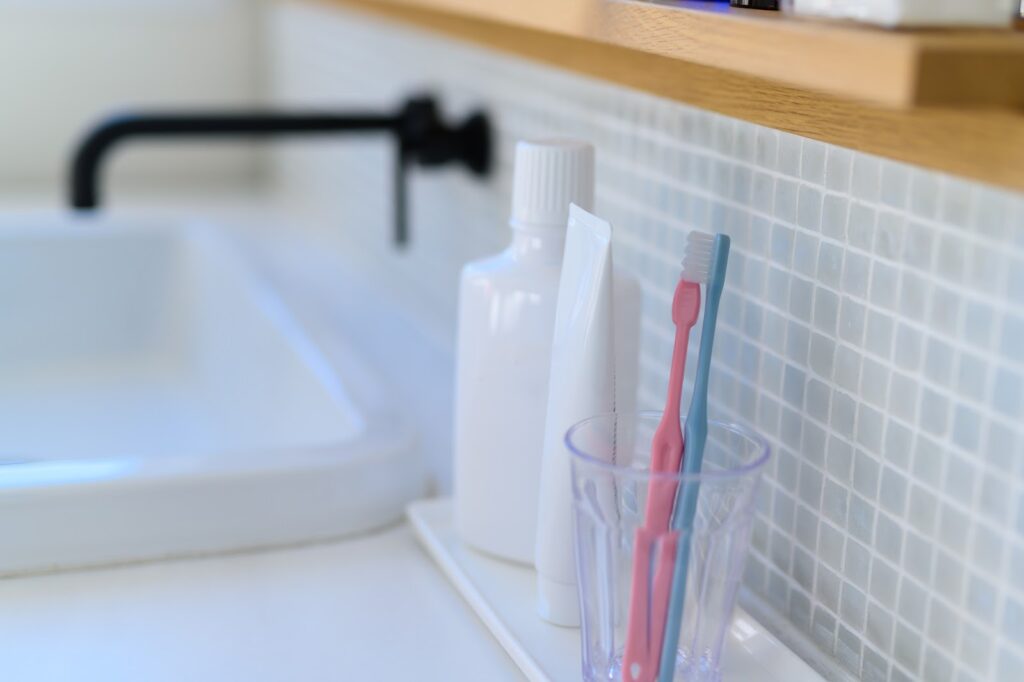
These days, you often hear the words ‘containing fluoride’ in toothpaste commercials.
In this article, we will explain the properties of fluorine, its use in society and the etymology of the word. The element is used in surprisingly familiar objects, so have a look at items in your home after you have finished reading the article.
Contents
Properties and characteristics of Fluorine
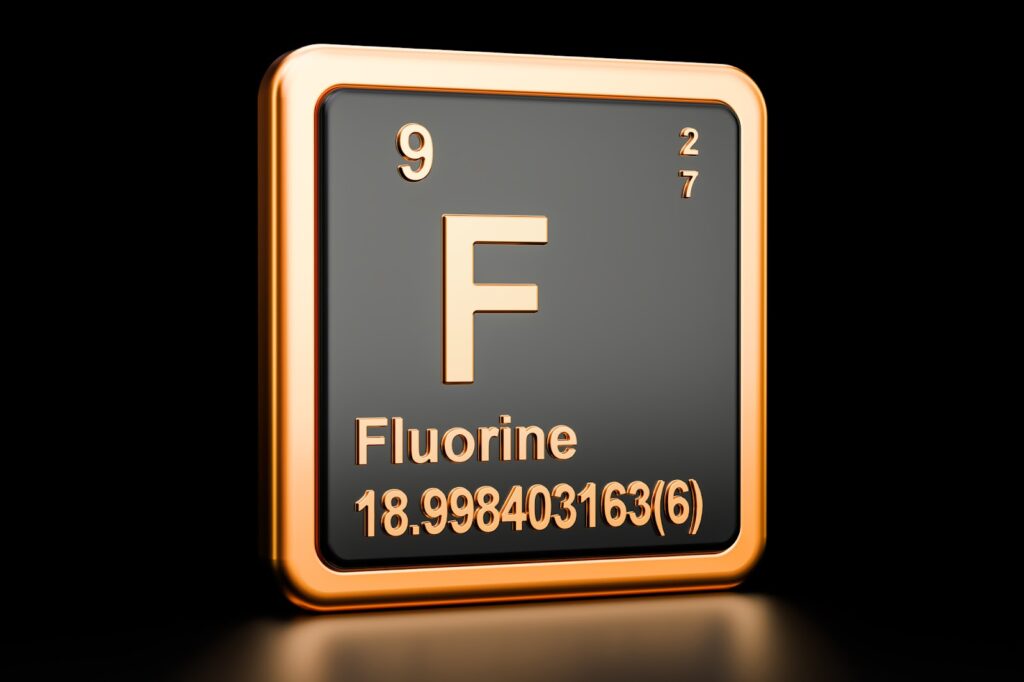
Fluorine is known to be a highly chemically reactive element.
Its strength is such that it does not exist alone in nature.
In addition, single fluorine is highly toxic and has a history of being difficult to isolate.
How Fluorine is used in society
Fluoride is used in many areas, including ‘toothpaste’, ‘cooking utensils’ and ‘medicines’. However, each of these fluorides works differently. Let’s look at these hard-working and diverse fluorides one by one.
Fluorine is useful “toothpaste”
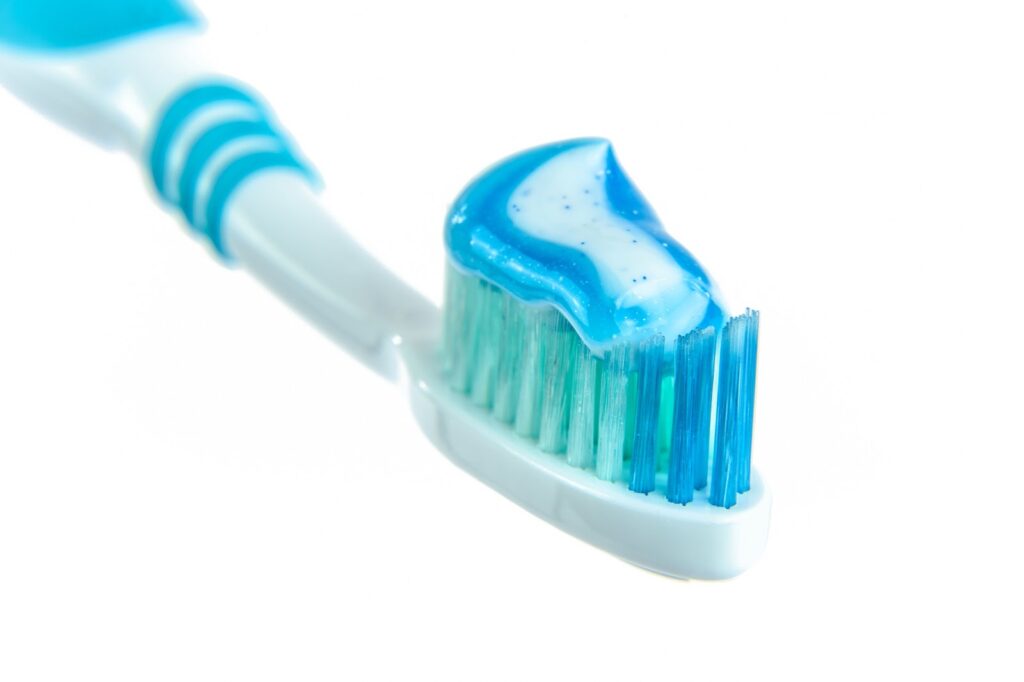
Fluoride toothpaste is something we hear a lot about in these days. That is said to help repair the surface of teeth that have started to dissolve due to sugar. In the early stages of tooth decay, fluoride improves durability by promoting remineralization and repairing enamel.
Fluorine is useful for “Cookware (Teflon)”
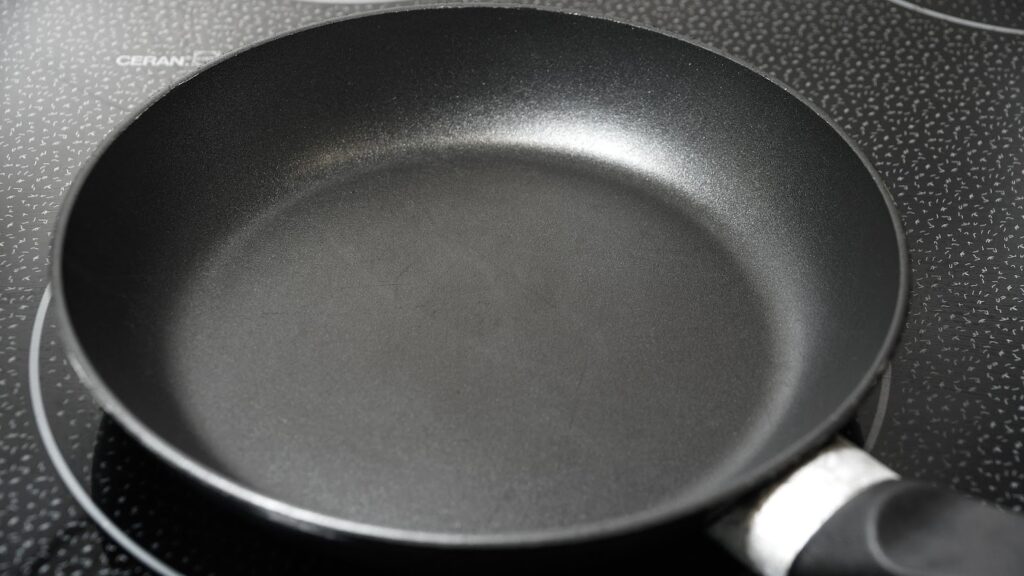
Have you ever heard of Teflon coating?
Often used in frying pans and pots, fluorinated resins known as ‘Teflon’ are useful because they are stable and can be used at high temperatures. This is a coating that repels water and dirt and is very popular with housewives.
Could your frying pans at home also be Teflon-coated?
Fluorine is useful for “Medical supplies”

Many medicines contain fluoride, so it is considered as “Panacea”
It doesn’t mean that fluoride can cure the most of disease. The reason for the presence of fluoride in many medicines is that fluoride supports the body by preventing the breakdown of good components and increasing their activity.
So, fluoride is not a cure-all but reinforces your own strength.
History of Fluorine
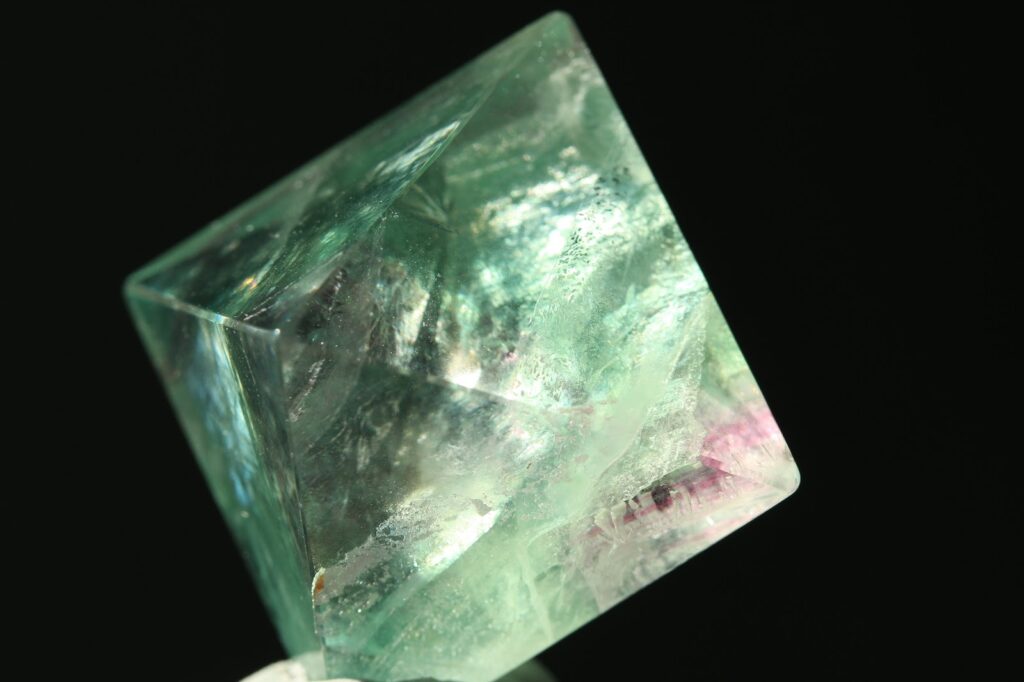
Chemical symbol: F
English name: Fluorine
The word fluorine is said to originate from ‘fluorite’, the ore from which fluorine is extracted. Isolation has been extremely difficult due to the fact that it is toxic on its own and that it is a highly reactive element.
Summary
The key points of this article are as follows
- Fluorine is so reactive that it cannot exist (on its own) in nature.
- Used in ‘toothpaste’, ‘cooking utensils’, ‘pharmaceuticals’, etc.
- Fluorine was extracted from fluorite, leading to the etymology of the word.
If you are interested in other elements, the following article summarizes them. Please take a look.



